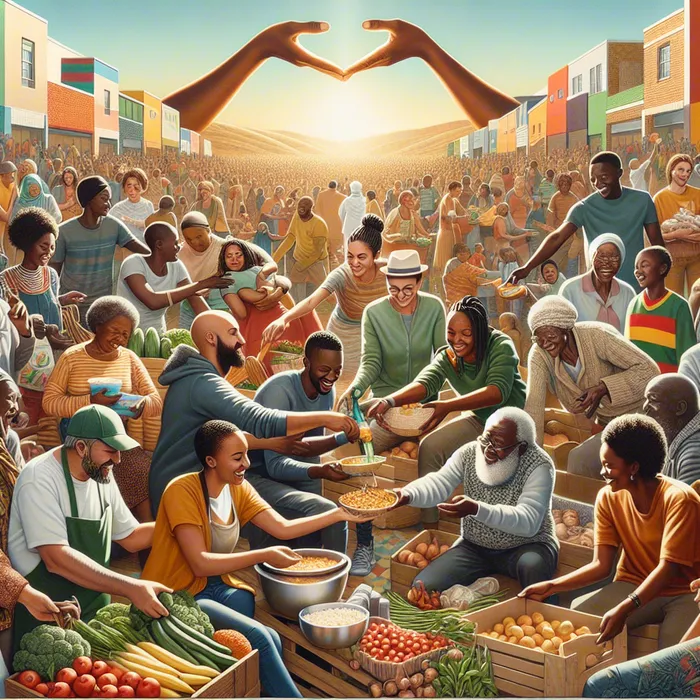How South Africans are stepping up in times of crisis

We look into how South Africans have stepped up in moments of trouble and crisis.
Image: IOL
This week, in a situation that could have easily gone awry, South Africans did what we do best: united and did whatever they could to help young aspiring soccer stars and three coaches return home after they were stranded in Spain.
A total of 25 young footballers from the Cape Flats were stranded in Europe after their academy failed to secure return flights from a youth tournament. Despite parents paying over R50,000 per child, the BT Football Academy offered no solution, and government officials said they were unable to assist financially.
With no flights and limited food, hope didn't come from the government but instead it came from the public.
South Africans donated tens of thousands of rands to bring the children home. Thanks to the generosity by total strangers and activists, by Tuesday, most had landed safely in Cape Town. They are set to return to South African shores this week but were expected to be home on July 15, 2025.
Although touching, it is slightly concerning that ordinary citizens—not the state—are stepping in to rescue, feed, and protect one another in times of crisis.
From mine shafts and flooded villages to football fields and township streets, we look into more displays of community-led heroism.
Trapped miners
The Stilfontein trapped miners incident was difficult to forget, but made headlines in the country and around the world. In January, over 300 informal miners were trapped in the disused Buffelsfontein mine near Stilfontein. The state declared the rescue too risky and refused to send help.
However, two local men, Mandla Charles and Mzwandile Mkwayi, descended into the shaft themselves, despite life-threatening risks. According to Mkwayi, they took around 25 minutes to go down the 2km shaft.
With this figure in mind, they made a total of over 30 trips to rescue 246 miners. Although the miners were dehydrated, they brought them out alive, one by one, using a makeshift lift. They also retrieved 78 bodies.
Is it believed that before the rescue operation began on Monday, the local community also attempted a rescue by lowering a rope down the shaft to try and pull out some of the men.
Eastern Cape floods
In June, devastating floods in the Eastern Cape killed at least 78 people and left hundreds more displaced. Emergency services were slow to respond due to a lack of helicopters, divers, and rescue personnel.
Authorities did arrive and respond accordingly, but when they were absent, residents rallied together to show the power of community.
Farmers, neighbours, and township residents did what they could, whether it was pulling children from trees, delivering food by boat, or building makeshift evacuation points.
Mandela Day drives
Every Mandela Day, thousands of South Africans participate in acts of service for 67 (or more) minutes. This year, the Chefs with Compassion Soup Drive delivered over 67,000 litres of soup to those facing hunger.
The soup drive was organised by chefs, students, and volunteers and uses surplus food destined for landfill to nourish entire communities.
Despite over 20 million South Africans experiencing food insecurity, government food relief programmes remain limited and underfunded.
Of course, those involved in the drive wasn't the only ones doing the most for Mandela Day. Every year, sandwiches are made, clothes are given with warm hearts to shelters and money is donated.
In crises, citizens are taking over roles traditionally expected of the state: emergency response, food distribution, public safety, and international crisis coordination.
While they do suggest holes and failures in the system, it shows ubuntu, the spirit of shared humanity that South Africans still embody.
IOL